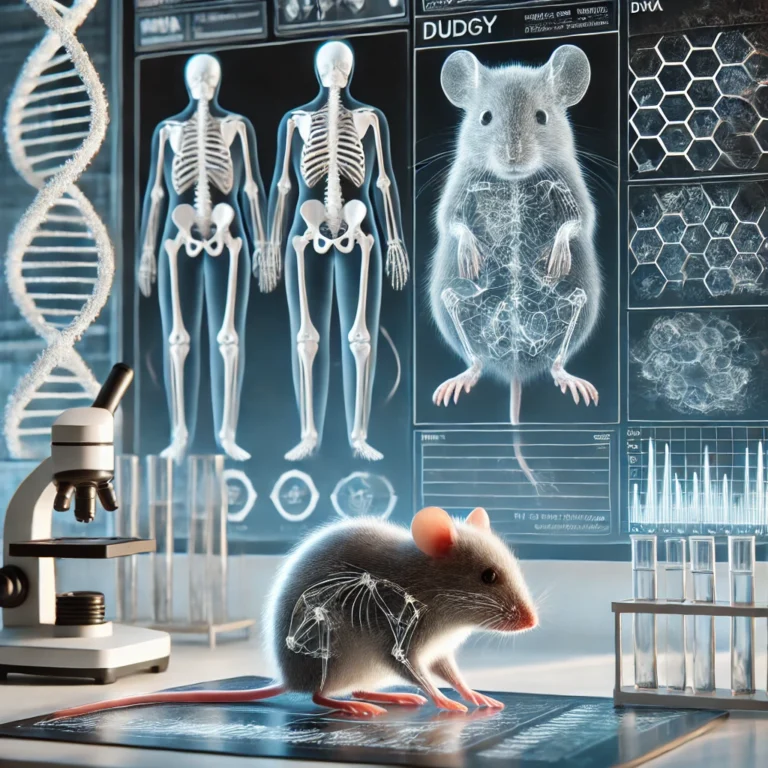
Gene activation is the first crucial step in gene expression, and it all begins with chromatin—a complex of DNA and proteins that packages our genetic information inside the cell’s nucleus. Chromatin isn’t just about organizing DNA; it plays a critical role in regulating which genes are turned on or off. In this post, we’ll explore how chromatin interacts with transcription machinery to activate genes and how this process can be fine-tuned for both coding and non-coding RNA production.
From early studies in liverwort mosses to discoveries in Drosophila melanogaster, scientists have uncovered the complex nature of chromatin. What’s fascinating is how chromatin structure influences whether a gene is active or silenced, setting the stage for key cellular functions. Let’s dive into the details of chromatin structure and how gene activation takes place.
What Is Chromatin and How Does It Function?
Chromatin is essentially a protein-DNA complex that helps package our genetic material inside the nucleus. The structure of chromatin is vital because it determines whether a gene is accessible for transcription or remains hidden in a silenced state. Under the microscope, chromatin can be categorized into two types: euchromatin and heterochromatin. Euchromatin appears less compacted and is generally associated with active genes, while heterochromatin is tightly packed and often linked to silenced genes. These structural differences are essential for regulating gene expression.
The fundamental unit of chromatin is the nucleosome, where DNA is wrapped around a core of histone proteins. Each nucleosome is made up of eight histone proteins—two copies each of H2A, H2B, H3, and H4—around which DNA is coiled. This packaging not only serves to compact the DNA but also plays a regulatory role in gene activation and silencing.
The Histone Code: A Key to Gene Activation
One of the most exciting discoveries in recent years is the concept of the histone code. Histones have tails that can undergo various post-translational modifications such as methylation, acetylation, phosphorylation, and more. These modifications influence chromatin structure and act as signals for other proteins to come in and regulate gene expression.
For example, acetylation of histone H3 weakens the bond between histones and DNA, making the DNA more accessible for transcription machinery. This modification is critical when activating genes, as it allows RNA polymerase II (RNAPII) and general transcription factors to bind to the promoter and start transcription.
How Are Genes Activated? The Role of Enhancers and Promoters
Gene activation doesn’t just require a clear path for RNAPII to begin transcription. In fact, many genes are activated by distant regulatory regions known as enhancers. These enhancers can be located far from the gene they regulate but are brought into close proximity to the gene’s promoter through a process called DNA looping. This looping allows transcription factors and RNAPII to efficiently bind and initiate transcription.
What makes this even more fascinating is the involvement of mediator and cohesin complexes, which help enhance the interaction between enhancers and promoters, ensuring an efficient gene activation process.
Transcription: The Core Process of Gene Expression
Once chromatin is in a state that allows transcription, the process proceeds through three main stages: initiation, elongation, and termination. Each of these stages is tightly regulated, especially when considering divergent transcription—where transcription occurs in both directions from a promoter.
At the heart of transcription is RNA polymerase II (RNAPII), the enzyme responsible for transcribing all protein-coding genes. RNAPII reads the DNA template and synthesizes mRNA, which eventually gets translated into protein. However, the process of transcription isn’t as straightforward as simply reading a sequence of DNA and making a copy. RNAPII is tightly controlled by several factors that ensure it transcribes the correct genes at the right time and at the right rate. These factors include transcription factors, coactivators, and chromatin-modifying enzymes, all of which help regulate gene expression.
Conclusion: The Intricate Dance of Chromatin and Transcription
In conclusion, gene activation is a highly regulated process that begins with the remodeling of chromatin to make the DNA accessible. Histone modifications, enhancer-promoter interactions, and the involvement of RNAPII all work together to ensure that transcription occurs precisely and efficiently. Understanding how these processes are regulated is crucial for studying gene expression, as it helps explain how cells control which genes are turned on or off, and how disruptions in these processes can lead to diseases like cancer. As research continues to uncover the details of chromatin and transcription, we gain a deeper appreciation for the complexity of gene regulation and its role in cellular function.


